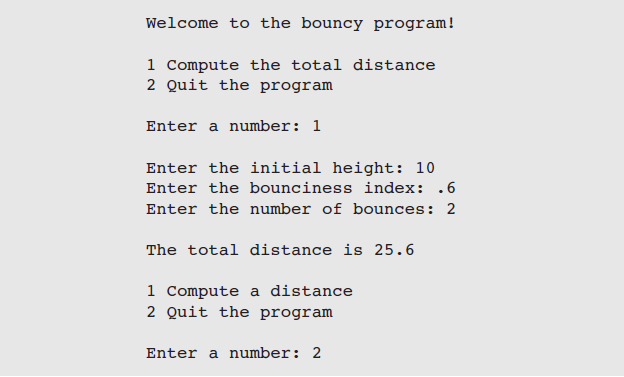Syllabus Programming in Python CST 362 KTU
SYLLABUS
Module -1 (Programming Environment and Python Basics) (6 hours)
Getting started with Python programming – Interactive shell, IDLE, iPython Notebooks, Detecting and correcting syntax errors, How Python works. The software development process –A case study. Basic coding skills – strings, assignment, and comments, Numeric data types and character sets, Expressions, Using inbuilt functions and modules. Control statements – Iteration with for/while loop, Formatting text for output, A case study, Selection structure (if-else, switchcase), Conditional iteration with while, A case study, Testing control statements, Lazy evaluation.
Strings and text files – Accessing characters, substrings, Data encryption, Strings and number system, String methods, Text files, A case study on text analysis. Design with Functions – Functions as abstraction Mechanisms, Problem solving with top-down design, Design with recursive functions, Managing a program’s namespace, Higher-Order Functions. Lists - Basic list Operations and functions, List of lists, Slicing, Searching and sorting list, List comprehension.Work with tuples. Sets. Work with dates and times, A case study with lists. Dictionaries - Dictionary functions, dictionary literals, adding and removing keys, accessing and replacing values, traversing dictionaries, reverse lookup. Case Study – Data Structure Selection.
Module -3 (Graphics) (7 hours)
Graphics – Terminal-based programs, Simple Graphics using Turtle, Operations, 2D Shapes, Colors and RGB Systems, A case study. Image Processing – Basic image processing with inbuilt functions. Graphical User Interfaces – Event-driven programming, Coding simple GUI-based programs : Windows, Labels, Displaying images, Input text entry, Popup dialog boxes, Command buttons, A case study.
Module -4 (Object Oriented Programming) (7 hours)
Design with classes - Objects and Classes, Methods, Instance variables, Constructor, Accessor and Mutator, Data-Modeling Examples, Structuring classes with inheritance and polymorphism. Abstract classes, Interfaces, Exceptions - Handle a single exception, handle multiple exceptions.
The os and sys modules, NumPy - Basics, Creating arrays, Arithmetic, Slicing, Matrix Operations, Random numbers. Plotting and visualization. Matplotlib - Basic plot, Ticks, Labels, and Legends. Working with CSV files. – Pandas - Reading, Manipulating, and Processing Data. Introduction to Micro services using Flask.
Text Books:
1. Kenneth A Lambert., Fundamentals of Python : First Programs, 2/e, Cengage Publishing, 2016
2. Wes McKinney, Python for Data Analysis, 2/e, Shroff / O’Reilly Publishers, 2017
3. Flask: Building Python web services, Jack Stouffer, Shalabh Aggarwal, Gareth Dwyer,
PACKT Publishing Limited, 2018
Reference Books:
1. Zed A Shaw, Learn Python 3 The Hard Way, Addison-Wesley, 2017
2. Allen B. Downey, Think Python: How to Think Like a Computer Scientist, 2/e, Schroff, 2016
3. Michael Urban and Joel Murach, Python Programming, Shroff/Murach, 2016
4. Charles Severance. Python for Informatics: Exploring Information,


Comments
Post a Comment